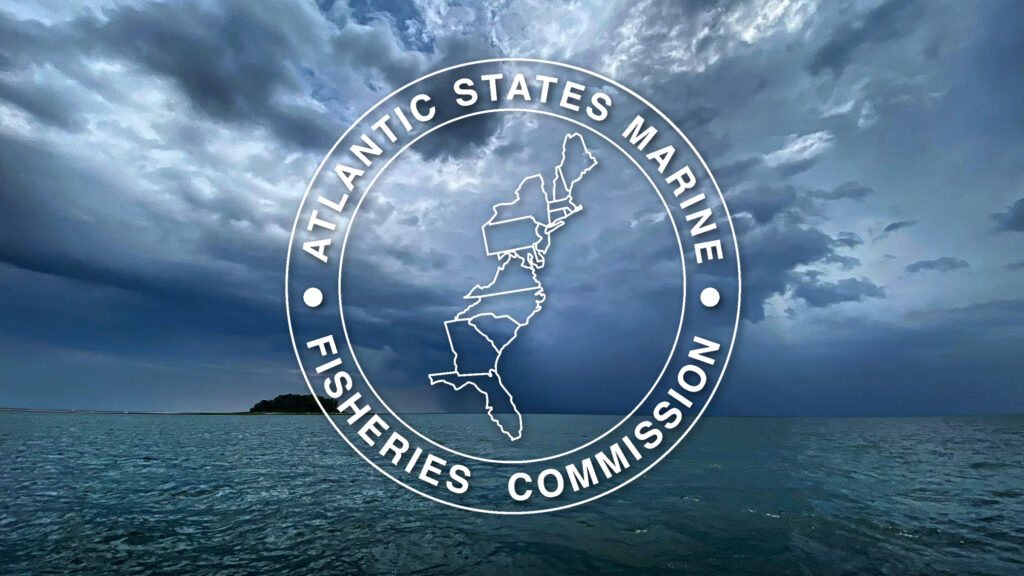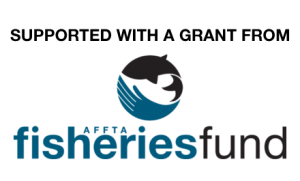ASMFC 2023 Summer Meeting Summary

ASMFC 2023 Summer Meeting Summary
Taylor Vavra | Vice President
The old proverb goes…the higher you climb the harder you fall, it really captures our feelings after the ASMFC striped bass board meeting on August 1, 2023. At the previous spring meeting we proclaimed a major victory for striped bass conservation in the way of unprecedented emergency action and the initiation of Addendum II. Let’s just say, things didn’t go so well at this meeting, and that is a gross understatement. The biggest factor being the decision by the board not to approve Addendum II to be released for public comment. This sets in motion a domino effect which will have massive implications on the rebuilding of the stock. The next review of Addendum II will take place at the October meeting and hopefully (can’t take anything for granted with this board) it will be released for public comment. Those hearings would be held sometime between the October and next board meeting in January of 2024. And herein lies the problem, assuming Addendum II is approved at the meeting in January of 2024, the board has already come to the conclusion that it would be too late for revised commercial regulations to be put in place.
So yet again, the can has been kicked down the road and ultimately the recreational sector will take on the brunt of the reductions aimed at rebuilding the stock. The only real positive takeaway from this meeting is the extension of the emergency action to continue to bridge the gap until Addendum II is approved. In this blog post the plan is to outline the major takeaways from this meeting, once a revised draft Addendum II is available ahead of the October meeting we will dive a little deeper.
- Addendum II was not approved for release and public comment. The timeline now places that process sometime after the October meeting with final action likely to take place at the following meeting in January of 2024.
- It will be too late for the implementation of revised 2024 commercial regulations and in turn we will likely not see those until 2025. The reasoning behind this was flimsy at best and mainly centered around the inability of states to be able to create physical tags in time. But why do all states have to implement revised commercial regulations at the same time? The southern states might be in that situation but the commercial season in the northern states starts much later. Clearly the focus is being placed on protecting the commercial sector and not rebuilding the stock.
- Emergency action was extended to be in place until Addendum II is finalized. The recreational fishery will continue to operate under a 28″-31″ size limit.
- Addendum II will likely produce a 14% reduction on the commercial side but its the fine print that counts. That reduction will be from the quota, not the landings. So, if a state does not max out it’s quota, it will essentially not be taking any reduction at all. This is totally backwards and is another example of the boards desire to prioritize commercial fishing over rebuilding the stock. Added to the list of reasons we believe there should be no commercial harvest of striped bass.
- Seasonal harvest closure options were removed for the recreational ocean fishery. This was particularly disappointing, we really believe that seasonal harvest closures would greatly benefit the stock. Areas like Raritan Bay and Jamaica Bay, when striped bass stage to move into the Hudson River to spawn, see immense angling pressure. After 4 straight poor spawns in the Chesapeake, we really need to do all we can to preserve and increase spawning in other major areas.
- Options for mode splitting for the charter for-hire were added which in reality would allow that sector to kill more fish. This is not the time for this, all parties involved in the fishery should be taking equal reductions to rebuild the stock. This will likely see a lot of backlash as we move though the public comment phase and we will be pushing to have it removed from Addendum II.
This was a tough meeting and we are very unhappy with the direction that the board has chosen to pursue. Recruitment (spawning) in the Chesapeake has been at an near all time low for 4 straight years and there is not indication that it will be any better in 2023. While that is really bad news for the stock it could end up being the saving grace as the board meets again in October. We hope that the board comes to realize that many of the options removed from and added to Addendum II will work against a recovery of the stock. Please stay tuned as things progress, the YOY (recruitment/spawn) data for the Chesapeake will be available soon.
From the ASMFC:
Arlington, VA – The Atlantic States Marine Fisheries Commission’s Atlantic Striped Bass Management Board extended the current emergency action through October 28, 2024 or until the implementation of Addendum II to Amendment 7 of the Interstate Fishery Management Plan. In May, the Board approved a 31-inch maximum size limit for the 2023 recreational fishery to reduce harvest of the strong 2015-year class. The 31-inch maximum size limit applies to all existing recreational fishery regulations where a higher (or no) maximum size applies, excluding the May Chesapeake Bay trophy fisheries which already prohibit harvest of fish less than 35 inches. All bag limits, seasons, and gear restrictions remain the same. All states and jurisdictions implemented the required measure by July 2, 2023.
The emergency action responds to the unprecedented magnitude of 2022 recreational harvest, which is nearly double that of 2021, and new stock rebuilding projections, which estimate the probability of the spawning stock rebuilding to its biomass target by 2029 drops from 97% under the lower 2021 fishing mortality rate to 15% if the higher 2022 fishing mortality rate continues each year.
The extension of the emergency action provides the Board time to develop and finalize Draft Addendum II, which will consider 2024 management measures designed to reduce fishing mortality to the target. Specifically, the Draft Addendum will propose options for the ocean recreational fishery, including modifications to the slot limit with harvest season closures as a secondary non-preferred option. It will also propose options for the Chesapeake Bay recreational fisheries, as well all commercial fisheries, including maximum size limits.
The Board made changes to the Draft Addendum’s options and sought additional analyses on the impacts of those revised options to the rebuilding of the resource. The Board will review a revised Draft Addendum and consider its approval for public comment in October at the Commission’s Annual Meeting. If approved, the document will be made available for public comment and the states/jurisdictions will conduct public hearings to solicit public comment throughout the fall/early winter. It’s anticipated that the Board will consider public comment and take final action in January at the Commission’s Winter Meeting. For more information, please contact Toni Kerns, Fisheries Policy Director, at tkerns@asmfc.org.
ADDITIONAL LINKS
- Atlantic Striped Bass Board Summer Meeting: 2023 Summer Meeting Summary (PDF)
- Atlantic Striped Bass Board Summer Meeting: Presentations (PDF)
- Atlantic Striped Bass Board Summer Meeting: Meeting Recording Audio/Video (YouTube)







